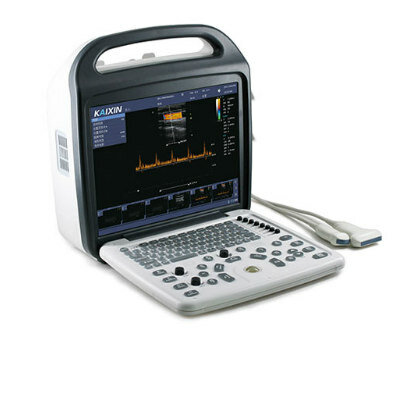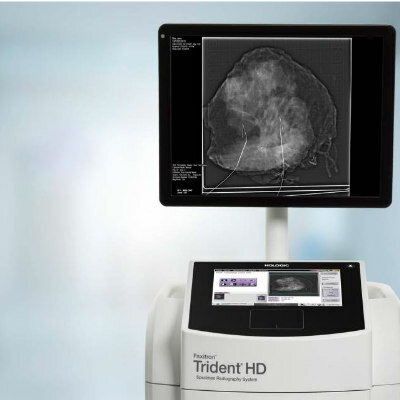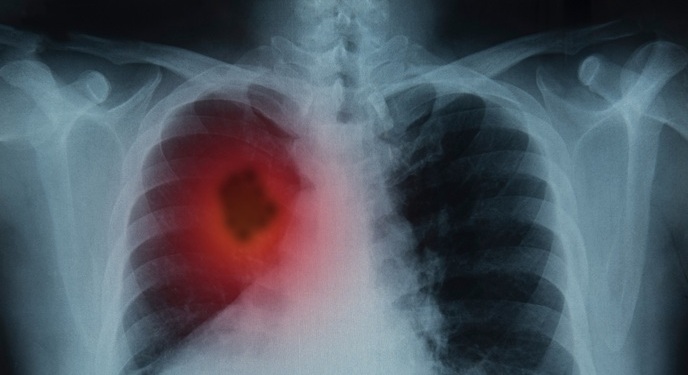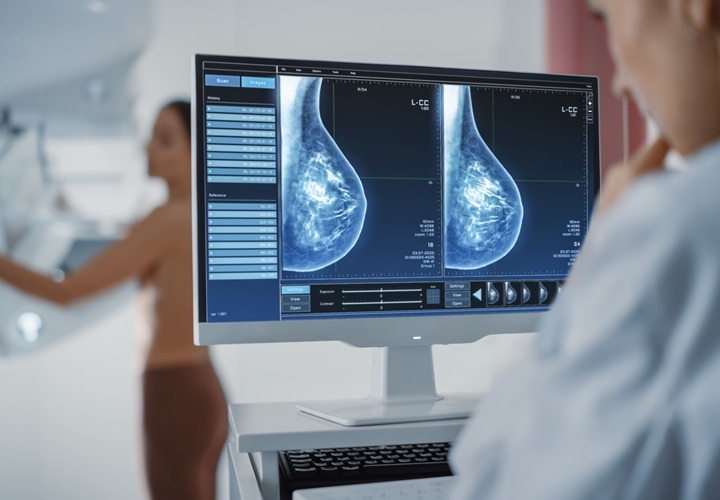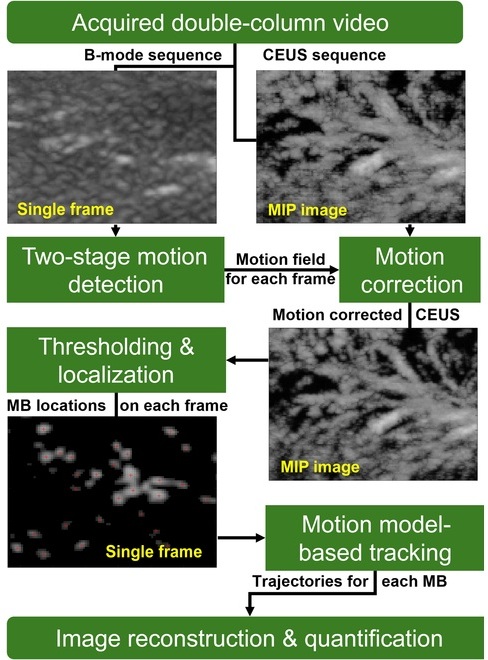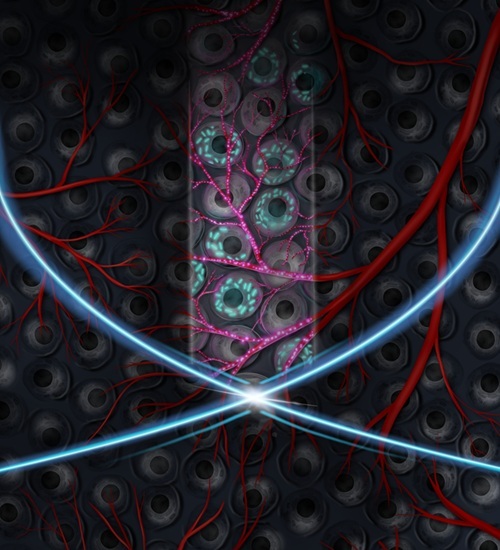Mobile System Combines OCT Imaging with Angiography
|
By MedImaging International staff writers Posted on 15 Feb 2016 |
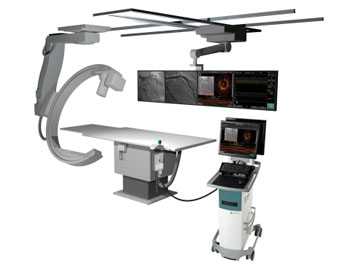
Image: The OPTIS mobile imaging system (Photo courtesy of St. Jude Medical).st jude
A new diagnostic system couples state-of-the-art optical coherence tomography (OCT) and angiography co-registration into one portable system for hospitals with multiple catheterization labs.
The OPTIS Mobile System uses the combination technology to help physicians make improved stenting decisions based on high-resolution and three dimensional (3D) OCT views of coronary anatomy, while simultaneously mapping their exact location via an angiogram. By using OCT technology, the system provides anatomical images of disease morphology and automated measurements that help physicians to visualize and measure important vessel characteristics that are otherwise not visible or difficult to assess with older imaging technology.
As a result, the automated, highly accurate measurements can guide stent selection, deployment, and placement ensuring successful procedures, and helping to minimize repeat revascularizations. The system also integrates proprietary fractional flow reserve (FFR) technology to offer detailed coronary hemodynamic circulatory information during percutaneous coronary intervention (PCI). The OPTIS Mobile System is a product of St. Jude Medical (SJM; St. Paul, MN, USA), and has been approved for sale in Europe and Japan.
“The OPTIS Mobile System represents the ongoing commitment of St. Jude Medical to develop products that provide physicians with more options for improved OCT and angiography co-registration guidance in their daily practice,” said Eric Fain, MD, Group President of St. Jude Medical. “In contrast with intravascular ultrasound, OCT offers increased resolution and highly-detailed intracoronary arterial views, which can improve PCI procedures, especially in complex cases.”
“As the interventional cardiology landscape continues to expand, there is a real need for more portable intravascular imaging systems to ensure hospitals with multiple catheterization labs have the right technology available for physicians to make more informed treatment decisions during PCI,” said Nick West, MD, of Papworth Hospital (Cambridge, United Kingdom). “The imaging advancements offered with the OPTIS Mobile System provide the same benefits of the OPTIS Integrated System, and allow physicians to clearly visualize complex cardiac anatomy and evaluate how to best proceed during PCI.”
FFR is a physiological index used to determine the hemodynamic severity of atherosclerotic narrowing of the coronary arteries, and is measured using proprietary SJM PressureWire Aeris and Certus systems. FFR specifically identifies which coronary narrowing is responsible for the ischemic obstruction of the flow of blood to a patient’s heart muscle and helps guide the interventional cardiologist in determining which lesions warrant stenting, resulting in improved patient outcomes and reduced health care costs.
Related Links:
St. Jude Medical
The OPTIS Mobile System uses the combination technology to help physicians make improved stenting decisions based on high-resolution and three dimensional (3D) OCT views of coronary anatomy, while simultaneously mapping their exact location via an angiogram. By using OCT technology, the system provides anatomical images of disease morphology and automated measurements that help physicians to visualize and measure important vessel characteristics that are otherwise not visible or difficult to assess with older imaging technology.
As a result, the automated, highly accurate measurements can guide stent selection, deployment, and placement ensuring successful procedures, and helping to minimize repeat revascularizations. The system also integrates proprietary fractional flow reserve (FFR) technology to offer detailed coronary hemodynamic circulatory information during percutaneous coronary intervention (PCI). The OPTIS Mobile System is a product of St. Jude Medical (SJM; St. Paul, MN, USA), and has been approved for sale in Europe and Japan.
“The OPTIS Mobile System represents the ongoing commitment of St. Jude Medical to develop products that provide physicians with more options for improved OCT and angiography co-registration guidance in their daily practice,” said Eric Fain, MD, Group President of St. Jude Medical. “In contrast with intravascular ultrasound, OCT offers increased resolution and highly-detailed intracoronary arterial views, which can improve PCI procedures, especially in complex cases.”
“As the interventional cardiology landscape continues to expand, there is a real need for more portable intravascular imaging systems to ensure hospitals with multiple catheterization labs have the right technology available for physicians to make more informed treatment decisions during PCI,” said Nick West, MD, of Papworth Hospital (Cambridge, United Kingdom). “The imaging advancements offered with the OPTIS Mobile System provide the same benefits of the OPTIS Integrated System, and allow physicians to clearly visualize complex cardiac anatomy and evaluate how to best proceed during PCI.”
FFR is a physiological index used to determine the hemodynamic severity of atherosclerotic narrowing of the coronary arteries, and is measured using proprietary SJM PressureWire Aeris and Certus systems. FFR specifically identifies which coronary narrowing is responsible for the ischemic obstruction of the flow of blood to a patient’s heart muscle and helps guide the interventional cardiologist in determining which lesions warrant stenting, resulting in improved patient outcomes and reduced health care costs.
Related Links:
St. Jude Medical
Latest Radiography News
- World's Largest Class Single Crystal Diamond Radiation Detector Opens New Possibilities for Diagnostic Imaging
- AI-Powered Imaging Technique Shows Promise in Evaluating Patients for PCI
- Higher Chest X-Ray Usage Catches Lung Cancer Earlier and Improves Survival
- AI-Powered Mammograms Predict Cardiovascular Risk
- Generative AI Model Significantly Reduces Chest X-Ray Reading Time
- AI-Powered Mammography Screening Boosts Cancer Detection in Single-Reader Settings
- Photon Counting Detectors Promise Fast Color X-Ray Images
- AI Can Flag Mammograms for Supplemental MRI
- 3D CT Imaging from Single X-Ray Projection Reduces Radiation Exposure
- AI Method Accurately Predicts Breast Cancer Risk by Analyzing Multiple Mammograms
- Printable Organic X-Ray Sensors Could Transform Treatment for Cancer Patients
- Highly Sensitive, Foldable Detector to Make X-Rays Safer
- Novel Breast Cancer Screening Technology Could Offer Superior Alternative to Mammogram
- Artificial Intelligence Accurately Predicts Breast Cancer Years Before Diagnosis
- AI-Powered Chest X-Ray Detects Pulmonary Nodules Three Years Before Lung Cancer Symptoms
- AI Model Identifies Vertebral Compression Fractures in Chest Radiographs
Channels
Radiography
view channel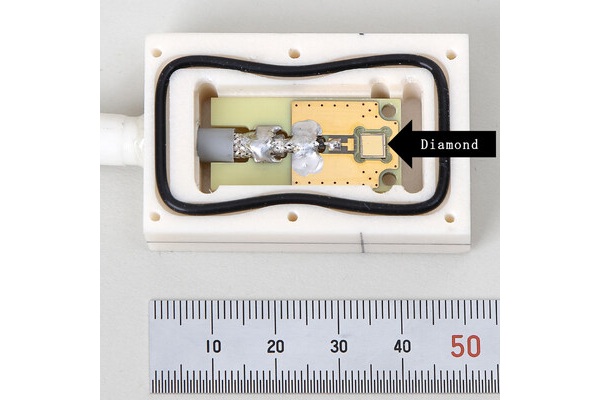
World's Largest Class Single Crystal Diamond Radiation Detector Opens New Possibilities for Diagnostic Imaging
Diamonds possess ideal physical properties for radiation detection, such as exceptional thermal and chemical stability along with a quick response time. Made of carbon with an atomic number of six, diamonds... Read more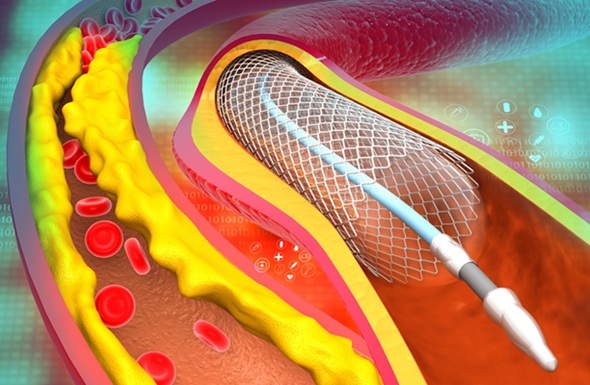
AI-Powered Imaging Technique Shows Promise in Evaluating Patients for PCI
Percutaneous coronary intervention (PCI), also known as coronary angioplasty, is a minimally invasive procedure where small metal tubes called stents are inserted into partially blocked coronary arteries... Read moreMRI
view channel
AI Tool Tracks Effectiveness of Multiple Sclerosis Treatments Using Brain MRI Scans
Multiple sclerosis (MS) is a condition in which the immune system attacks the brain and spinal cord, leading to impairments in movement, sensation, and cognition. Magnetic Resonance Imaging (MRI) markers... Read more
Ultra-Powerful MRI Scans Enable Life-Changing Surgery in Treatment-Resistant Epileptic Patients
Approximately 360,000 individuals in the UK suffer from focal epilepsy, a condition in which seizures spread from one part of the brain. Around a third of these patients experience persistent seizures... Read more
AI-Powered MRI Technology Improves Parkinson’s Diagnoses
Current research shows that the accuracy of diagnosing Parkinson’s disease typically ranges from 55% to 78% within the first five years of assessment. This is partly due to the similarities shared by Parkinson’s... Read more
Biparametric MRI Combined with AI Enhances Detection of Clinically Significant Prostate Cancer
Artificial intelligence (AI) technologies are transforming the way medical images are analyzed, offering unprecedented capabilities in quantitatively extracting features that go beyond traditional visual... Read moreUltrasound
view channel.jpeg)
AI-Powered Lung Ultrasound Outperforms Human Experts in Tuberculosis Diagnosis
Despite global declines in tuberculosis (TB) rates in previous years, the incidence of TB rose by 4.6% from 2020 to 2023. Early screening and rapid diagnosis are essential elements of the World Health... Read more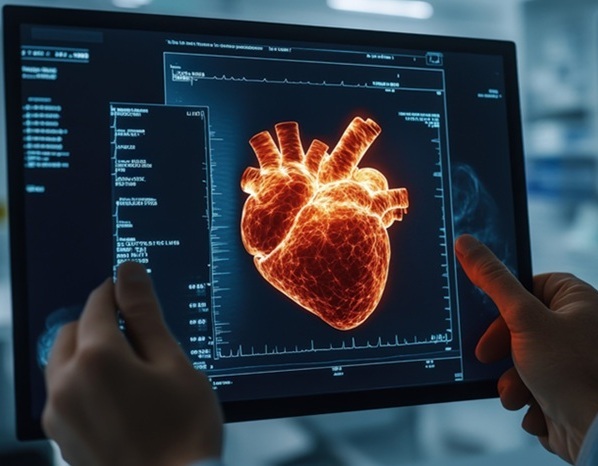
AI Identifies Heart Valve Disease from Common Imaging Test
Tricuspid regurgitation is a condition where the heart's tricuspid valve does not close completely during contraction, leading to backward blood flow, which can result in heart failure. A new artificial... Read moreNuclear Medicine
view channel
Novel PET Imaging Approach Offers Never-Before-Seen View of Neuroinflammation
COX-2, an enzyme that plays a key role in brain inflammation, can be significantly upregulated by inflammatory stimuli and neuroexcitation. Researchers suggest that COX-2 density in the brain could serve... Read more
Novel Radiotracer Identifies Biomarker for Triple-Negative Breast Cancer
Triple-negative breast cancer (TNBC), which represents 15-20% of all breast cancer cases, is one of the most aggressive subtypes, with a five-year survival rate of about 40%. Due to its significant heterogeneity... Read moreImaging IT
view channel
New Google Cloud Medical Imaging Suite Makes Imaging Healthcare Data More Accessible
Medical imaging is a critical tool used to diagnose patients, and there are billions of medical images scanned globally each year. Imaging data accounts for about 90% of all healthcare data1 and, until... Read more
Global AI in Medical Diagnostics Market to Be Driven by Demand for Image Recognition in Radiology
The global artificial intelligence (AI) in medical diagnostics market is expanding with early disease detection being one of its key applications and image recognition becoming a compelling consumer proposition... Read moreIndustry News
view channel
GE HealthCare and NVIDIA Collaboration to Reimagine Diagnostic Imaging
GE HealthCare (Chicago, IL, USA) has entered into a collaboration with NVIDIA (Santa Clara, CA, USA), expanding the existing relationship between the two companies to focus on pioneering innovation in... Read more
Patient-Specific 3D-Printed Phantoms Transform CT Imaging
New research has highlighted how anatomically precise, patient-specific 3D-printed phantoms are proving to be scalable, cost-effective, and efficient tools in the development of new CT scan algorithms... Read more
Siemens and Sectra Collaborate on Enhancing Radiology Workflows
Siemens Healthineers (Forchheim, Germany) and Sectra (Linköping, Sweden) have entered into a collaboration aimed at enhancing radiologists' diagnostic capabilities and, in turn, improving patient care... Read more






